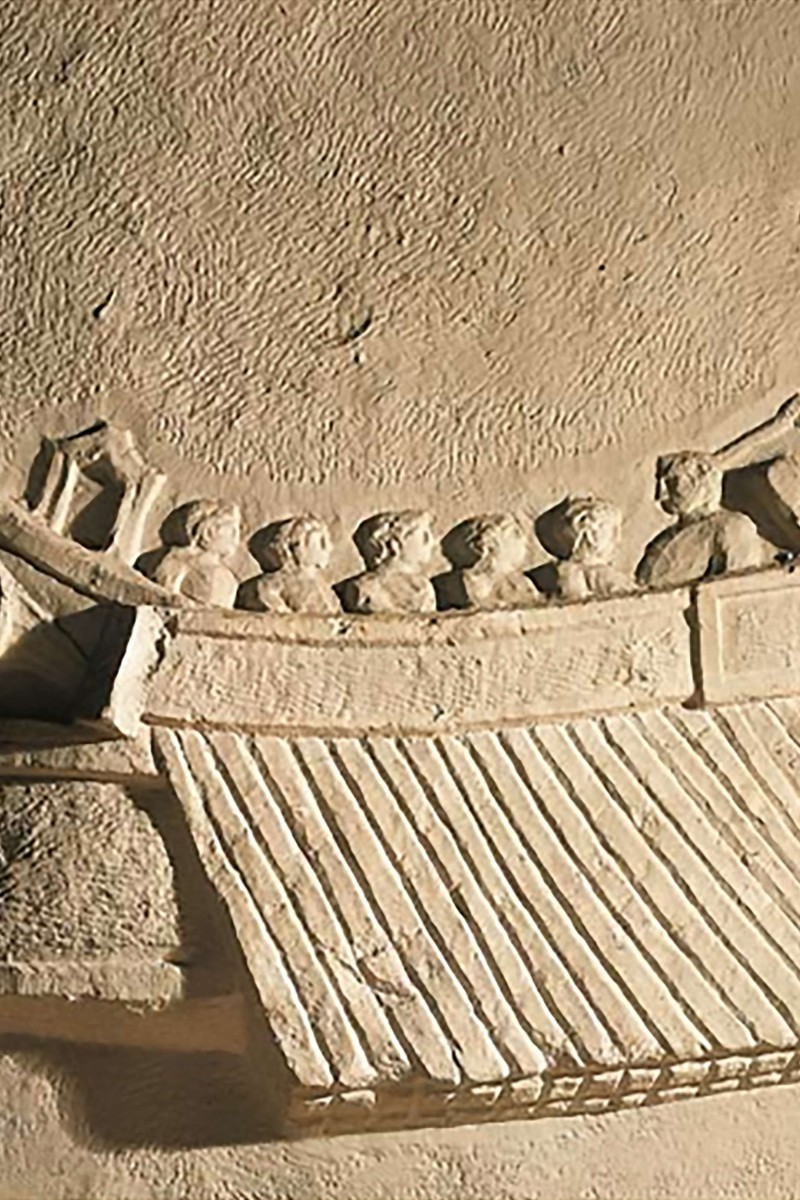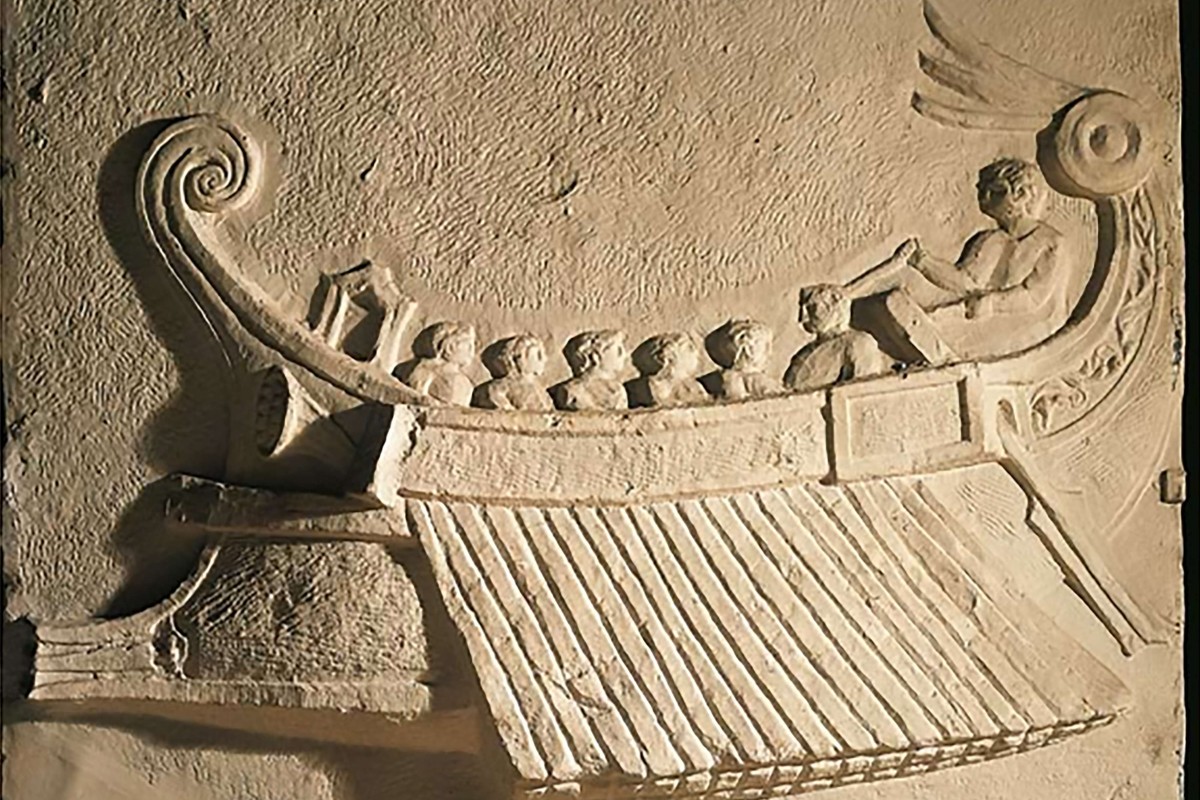
HK Museum of History takes you to Pompeii the day Mount Vesuvius buried in it ash - sorry, no Kit Harington at this Pompeii
In the year 79AD, a volcano erupted and buried two cities. Now, a new exhibit at the Hong Kong Museum of History puts you in the heart of the disaster
 The Romans carved their navy into marble artwork.
The Romans carved their navy into marble artwork.Imagine looking out your window and seeing a wall of burning hot ash barrelling towards you. That’s what happened almost 2000 years ago in Italy, when Mount Vesuvius erupted in the year 79AD. But the cloud of hot ash that buried Pompeii, instantly destroying it, also preserved the city, making it one of the most important sources of information on Roman life.
Now for the first time in Hong Kong, over a hundred artefacts from the city are being exhibited in “The Hong Kong Jockey Club Series: Mare Nostrum: Roman Navy and Pompeii” exhibition at the Hong Kong Museum of History. Mare Nostrum means “our sea” in Latin, and was the ancient Roman name for the Mediterranean Sea.
The artefacts range from shining gold jewellery to marble carvings, and even preserved bread from the time, showing what daily life was like for the Romans.
“We had previous exhibits on Rome so we wanted to have a new approach," said Terence Cheung Yui-sum, Curator (Exhibition and Research) of the Museum of History. "It took effort to understand the artefacts and put a story together,” he said. “Pompeii is an interesting story of man’s reliance on nature, yet nature destroying man.”
People had originally settled in Pompeii because the fertile volcanic soil made the area good for farming, yet it was the same volcano that caused the death of thousands. “We wanted to showcase that opposition and relationship,” Cheung said.
Visitors to the exhibit can also learn more about the Roman navy. While the Roman army is perhaps more famous, both groups were equally important in conquering new lands, making the Roman Empire one of the largest and most enduring empires in human history.
“People only know the strength of Rome though its conquests, but the navy’s influence on the empire through commerce and trade [is ignored],” said Cheung. “It was shipping goods like marble and precious metals, and even necessities such as grain, fruit, and nuts. Rome imported 420,000 tonnes of wheat a year at its peak.”
The museum also has an education corner, to introduce Pompeii and its people, and give context to the exhibit. Cheung said: “We want to bring Hongkongers closer to the exhibit, so we have a comparison of objects in the exhibit and ones that we would use. We also have a introduction of volcanic activity in Hong Kong to compare it with Vesuvius.”
There is also a 3D animation titled A Day in Pompeii. It is a story about the day of the eruption and its consequences. Cheung hopes the video will help people feel the power of the eruption and understand what happened that day.
But the highlight of the exhibition is no doubt the life-sized figures of the victims. Many people were buried in the volcano’s burning ash. Over time, as the bodies withered, they left spaces in the hardened ash. Scientists filled these gaps with plaster, creating a very accurate model of the victims at the time of their deaths. The casts are so detailed that you can even see expressions on the people’s faces.
“The casts are precious evidence of the effects of a volcanic eruption, preserving the faces of the victims at the moment of death,” Cheung said.
One of the casts from Herculaneum, a town even closer to Mount Vesuvius than Pompeii, is a set of three skeletons: a mother and two children. Unlike the casts from Pompeii which show flesh as well, the shape of the family’s corpses couldn’t be preserved. This is because the substance that covered Herculaneum was different to that of Pompeii. It wasn't just volcanic ash, it was a liquid-like mixture of volcanic ash, rocks and gases that was much hotter – 450 degrees Celsius – hot enough to vaporise their bodies.
Patrizia Pietrogrande, President of Contemporanea Progetti, one of the presenters of the exhibit, hopes the naval portions of the exhibit will be interesting to people in a city that has so many links to the sea.
“Young people should discover the past,” she says. “Terrible things happened before and they still do. The more they know about the past, the better they can live and build their future.”
The Pompeii exhibition runs until August 29 at the Hong Kong Museum of History. Closed on Tuesdays. 50% discount on Wednesdays.
